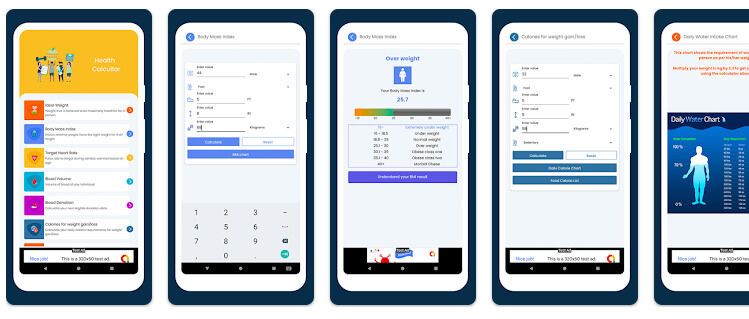Fitness trackers, devices that monitor a range of health and fitness parameters, have seen a significant surge in popularity market-wide. Nowadays, they are not limited to professional athletes or health freaks; they are found on the wrists or in the pockets of regular people worldwide. These devices track and monitor various metrics such as steps covered, calories burned and consumed, heart rate, distance covered, sleep duration, and breathing, assisting the wearer in their overall wellbeing.
According to the Pew Research center, in the previous year, one in five Americans regularly used a fitness monitoring device. The demand for these devices is increasing due to the growing realization of their benefits in daily life.
The global fitness tracker market size stood at USD 53.94 Billion in 2023. A report projects this figure to reach USD 182.90 Billion by 2030, exhibiting a CAGR of 19.1% in the forecast period. The steady rise in the usage and demand for these devices excites market experts as they predict a bright future for the fitness tracker industry.
With the increase in living standards and the overall rise in health consciousness, people are more inclined to purchase fitness trackers. They are easy to use and can be synced with a computer or a smartphone for easy access to health data. Furthermore, the growing trend of personalized healthcare services is expected to drive the fitness tracker market growth even further.
Companies globally contend to satiate the ever-growing demand for fitness trackers by introducing newer and more advanced models. Major companies such as Garmin Ltd., Apple Inc, Fitbit, Inc., Huawei Technologies, Pebble Technology Corp, Samsung Electronics Co Ltd, Google Inc., Xiaomi Technology Co., Ltd., Jawbone, and Nike dominate the market due to their advanced and user-friendly offerings.
The report includes in-depth analysis of the fitness tracker market at the global level, regional level, and company level. It provides insights into the historic sales and revenue from 2024 to 2030 and sheds light on different factors contributing to the overall market growth. It presents an understanding of the market trends in regions like North America, Europe, Asia-Pacific, Latin America, and the Middle East and Africa.
The COVID-19 pandemic, which has stalled the world on its tracks, has also had an impact on the fitness tracker industry. While some businesses have been struggling, others have grabbed the opportunity to flourish. The crisis has shown the importance of health and wellbeing, thereby shooting up the demand for fitness trackers.
The report also includes Competitive Strategic Window analysis, Market Share Analysis, and a list of Key Stakeholders. It provides insights into how each of the major players is performing concerning revenue generation and customer base compared to others in the space. Additionally, it elaborates on market characteristics in terms of accumulation, fragmentation, dominance, and amalgamation traits.
In conclusion, the fitness tracker market has massive potential for expansion and growth in the future. With advancements in technology mixed with a higher awareness towards health, there won’t be any decline in demand for these trackers soon. The market forecasts are very promising, providing exciting opportunities for both existing and new entrants in the market.




